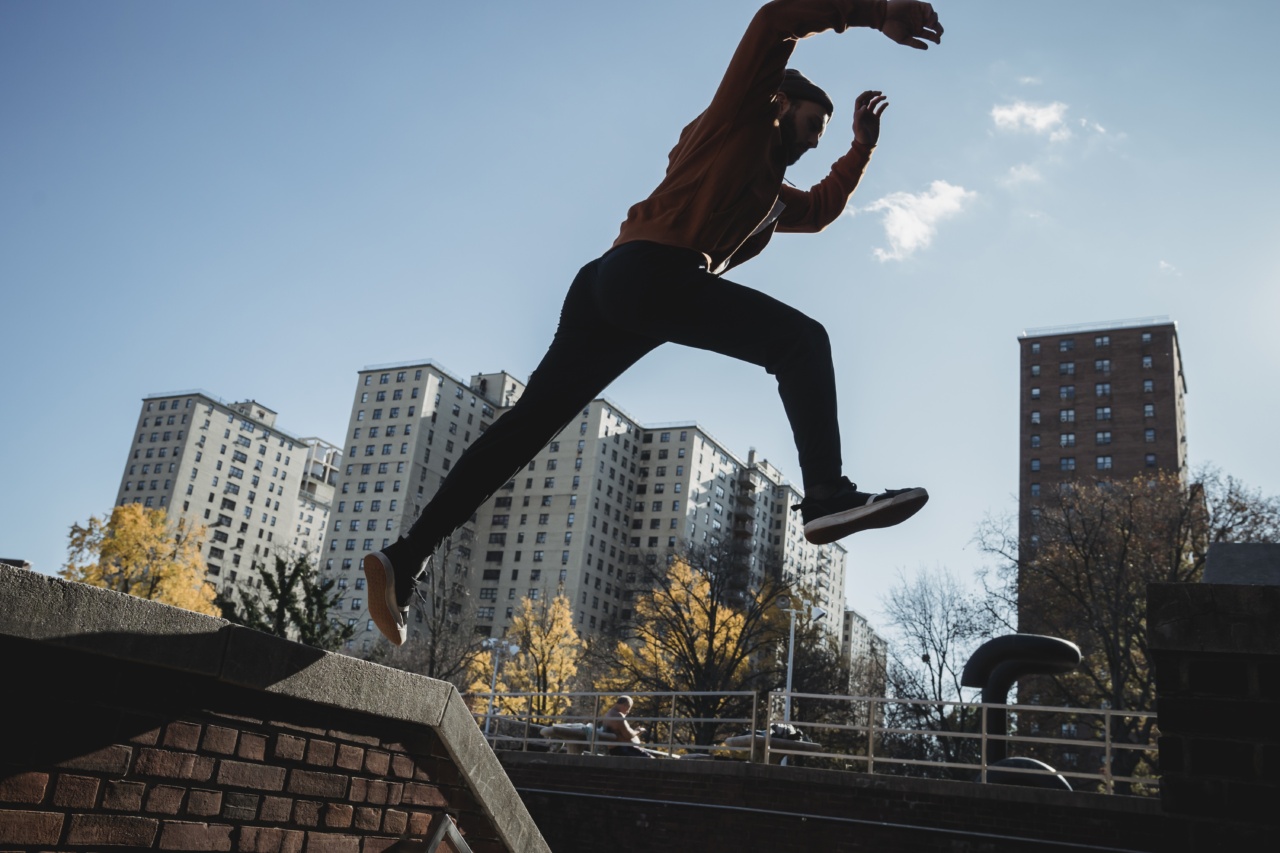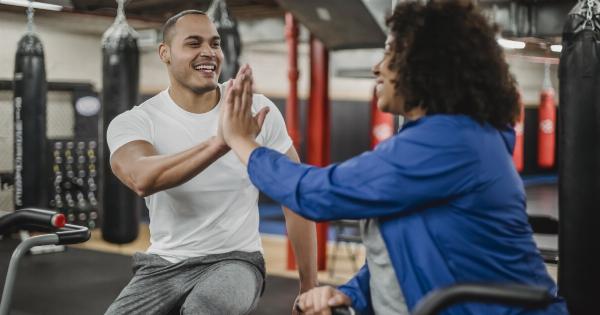As we age, the risk of falling increases. Falls can cause serious injury or even death, making fall prevention a crucial aspect of senior care. One of the most effective ways to reduce the risk of falls is through regular exercise.
In this article, we will explore fall prevention exercises that can help seniors maintain their balance and prevent falls.
Tai Chi: Exercise 1
Tai Chi is a low-impact exercise that can help seniors improve their balance and coordination. It involves slow, flowing movements that require concentration and focus. Studies have shown that practicing Tai Chi can reduce the risk of falls by up to 55%.
Tai Chi can be performed indoors or outdoors and does not require any special equipment.
Yoga: Exercise 2
Like Tai Chi, yoga is a low-impact exercise that can improve balance and coordination. Yoga focuses on strength, flexibility, and breathing techniques. It can help seniors improve their posture, which can reduce the risk of falls.
Yoga classes are widely available and can be modified for seniors of all fitness levels.
Exercise 3: Standing Balance Exercises
Standing balance exercises can improve the body’s ability to maintain balance in everyday activities. One example of a standing balance exercise is standing on one foot.
Start by standing with your feet hip-width apart, then slowly lift one foot off the ground and hold for 10-30 seconds. Repeat with the other foot. Other standing balance exercises include heel-toe standing and the flamingo stand.
Exercise 4: Seated Exercises
Seated exercises can be helpful for seniors with mobility issues. Seated exercises can help improve balance, lower body strength, and flexibility. One example of a seated exercise is leg raises.
Sit in a chair with your feet flat on the ground, then lift one leg at a time while keeping it straight. Another example is ankle circles. Sit in a chair with your feet flat on the ground, then lift one foot and rotate your ankle in circles.
Walking: Exercise 5
Walking is a simple, low-impact exercise that can improve balance and mobility. Seniors should aim to walk for at least 30 minutes every day. Walking can be done indoors or outdoors, and it is important to wear supportive shoes to prevent falls.
If mobility is an issue, a walking aid such as a cane or walker can be used.
Exercise 6: Strength Training
Strength training can improve balance, posture, and overall physical strength. It can also reduce the risk of osteoporosis, which can increase the risk of fractures. Seniors should aim to do strength training exercises two to three times a week.
Examples of strength training exercises include squats, lunges, and bicep curls.
Exercise 7: Water Aerobics
Water aerobics can be a fun, low-impact exercise that can improve balance and mobility. The buoyancy of the water can reduce the risk of falls and can provide a gentle resistance workout.
Many community centers and gyms offer water aerobics classes specifically for seniors.
Exercise 8: Chair Yoga
Chair yoga is a modified version of yoga that can be done while sitting in a chair. It is a gentle, low-impact exercise that can improve balance and flexibility.
Chair yoga can be a good option for seniors who have mobility issues or are unable to stand for long periods of time.
Exercise 9: Balance Ball Exercises
Balance ball exercises can help seniors improve balance and strengthen core muscles. One example of a balance ball exercise is sitting on a balance ball and lifting one foot off the ground.
Another example is lying on a balance ball and performing a crunch. Balance balls can be purchased at most fitness stores.
Pilates: Exercise 10
Pilates is a low-impact exercise that can improve balance, flexibility, and core strength. It focuses on controlled movements and breathing techniques. Pilates classes are widely available and can be modified for seniors of all fitness levels.






























